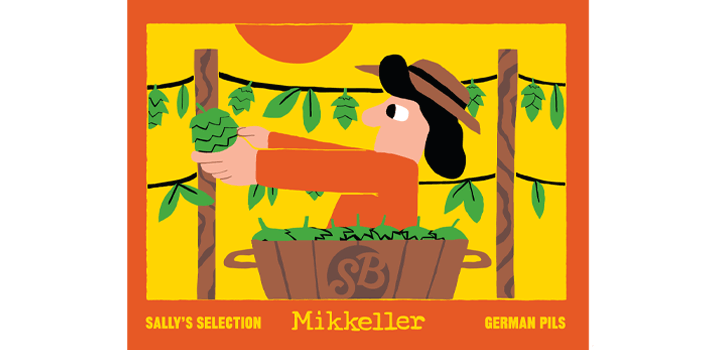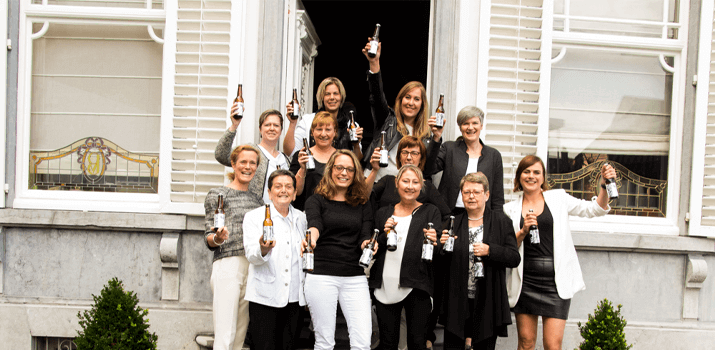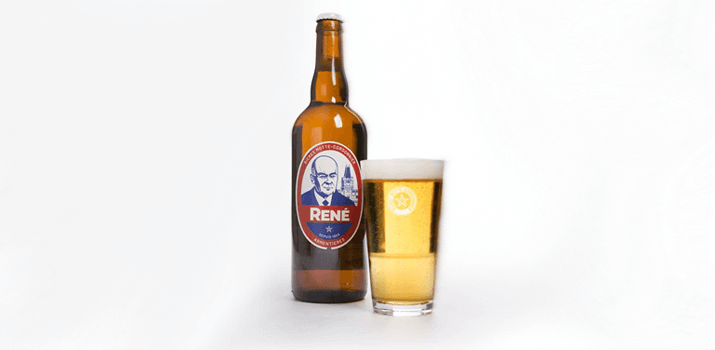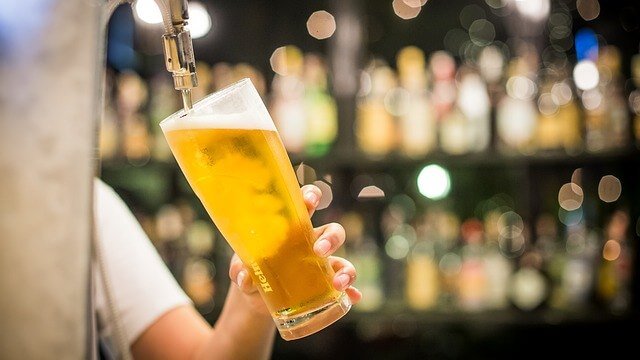For Lesson One we're going to look at a brief overview of the history of beer. We can’t move forward until we know where we’ve come from. With thousands of years and billions of people before us, there’s a lot of respect to be given. Without getting really deep into the history of our favourite beverage (which would be an entire university course unto itself!) let's take a look at how beer became the world's best drink.
THE ANCIENT SUMERIANS THOUGHT THAT BEER WAS RATHER AMAZING...THINK OF THEM LIKE THE HIPSTERS OF 3000 BCE
Without realising it, around about 10,000 BCE the Neolithic people of modern day Kurdistan probably drank the first forms of beer. Barley and wheat were plentiful and, when steeped in water they made a delicious, well, barley water gruel sort of mix. Delicious. Mashing—a term which we’ll discuss more in depth in a few weeks—was never really discovered, per se. It kind of just happened, like magic. The ancient Sumerians thought that beer was, well, rather amazing and started getting really serious about their brewing activities even coming up with vocabulary, vessels, different coloured malts and so on. Scholars can’t prove it but they probably had really kitted out garages and only listened to music on stone slabs. Think of them like the hipsters of 3000 BCE.
It was the Sumerian society that held women brewers—known as brewsters—in high regard. So much so that they prayed to a female Sumerian deity called Ninkasi: the goddess of beer. This reverence for the female brewer influenced brewing cultures for thousands of years from the Egyptians to the Greeks and, indeed, even up until the European Middle Ages.
How raw grains turned into beer was nothing short of a miracle to these ancient civilisations: yeast hadn’t yet been isolated, the mashing process hadn’t been defined and—to the dismay of many ancient Ratebeer contributors—hops had yet to find themselves in nary a kettle. Instead, brewsters and alewives used what they could to make sweet syrup water more palatable: juniper, heather, bog myrtle, cranberries. You name it. With water proving to be almost deadly at times they had to create something that was hygienic yet didn’t kill their souls with ancient monolithic blandness.
The Germans discovered that hops were a vitally important ingredient in about 1000CE but it still took around another 850 years until Louis Pasteur discovered yeast’s role in beer. Yet, the most important thing to happen to beer was Daniel Wheeler’s cylindrical roaster in 1817. This roaster meant that malts could be kilned and cooled until just before it caught fire, thus producing dark malts in a more economical manner than the direct-fired malts. The people of Britain could have their porters and stouts and could afford to then have another.
Beer as we now know it took a long meandering route on its way here. It rose from a murky vessel in the last ice age, changed its appearance, flavour and status countless times and weathered Prohibition. It was first a creation by the hands of women but somehow lost its way with them (so-called bikini beers and toilet jokes don’t help). Nevertheless, the modern mindset of the drink that—with very little hyperbole—saved humanity is one of inclusion, forward-thinking and respect. Whether it’s a quick one down the pub, biergarten, brasserie, bar or taproom, someday our beer-drinking cultures will have a place in writing the history of beer.
Let's discuss together what it will be about.
See you next week in Lesson Two! We'll start our beer journey where many people start theirs: with a drink in a brewery taproom. Let's go B-H-U!





